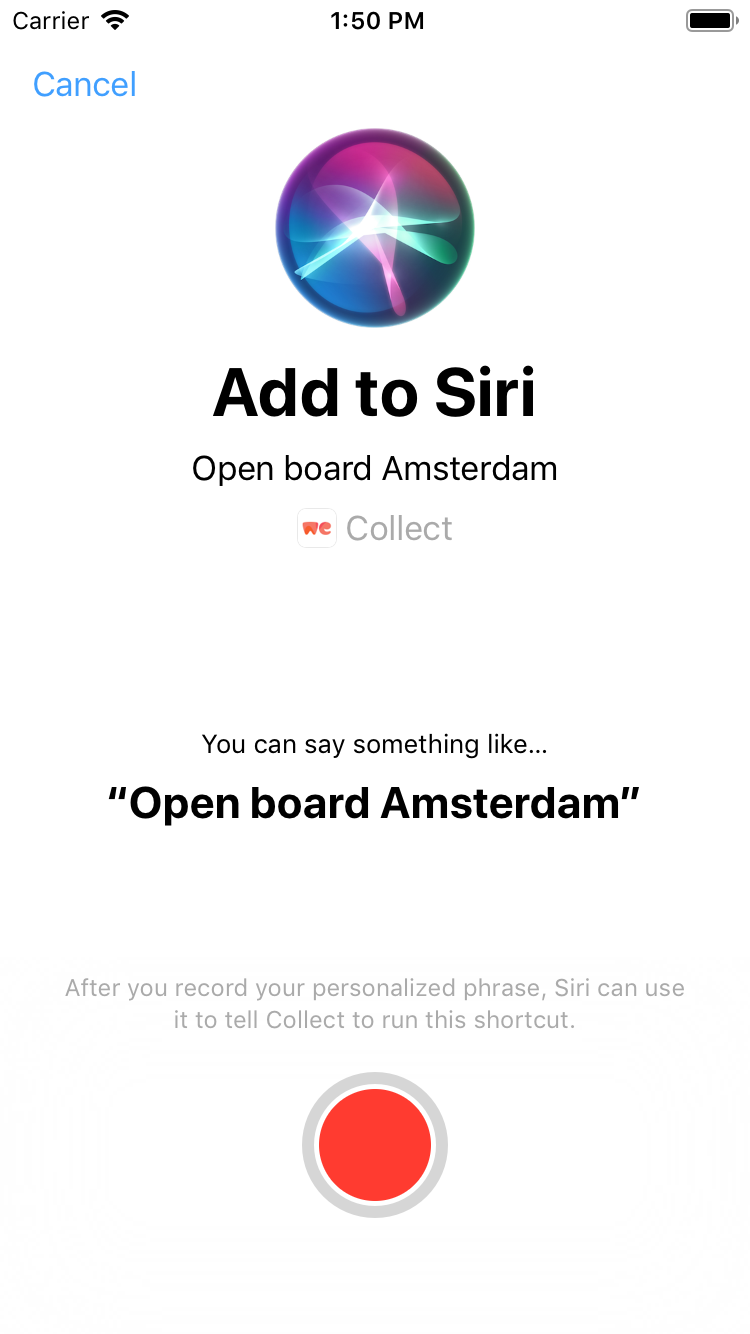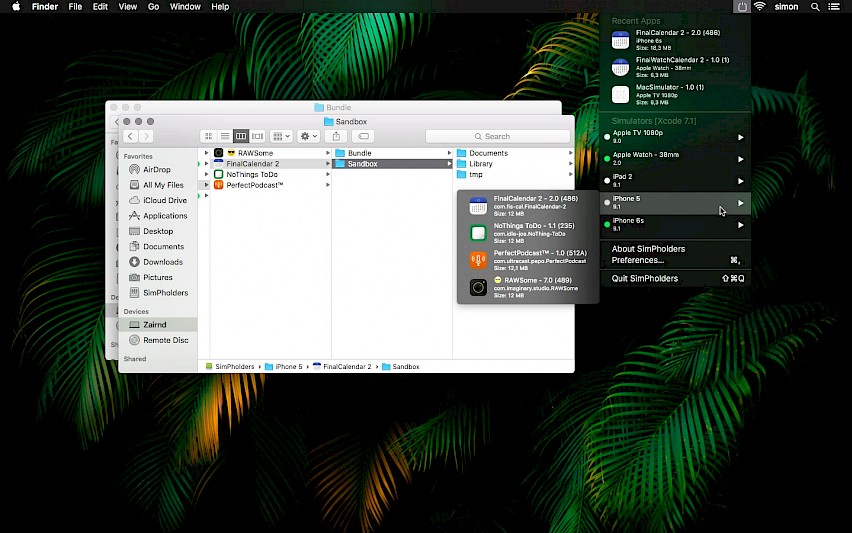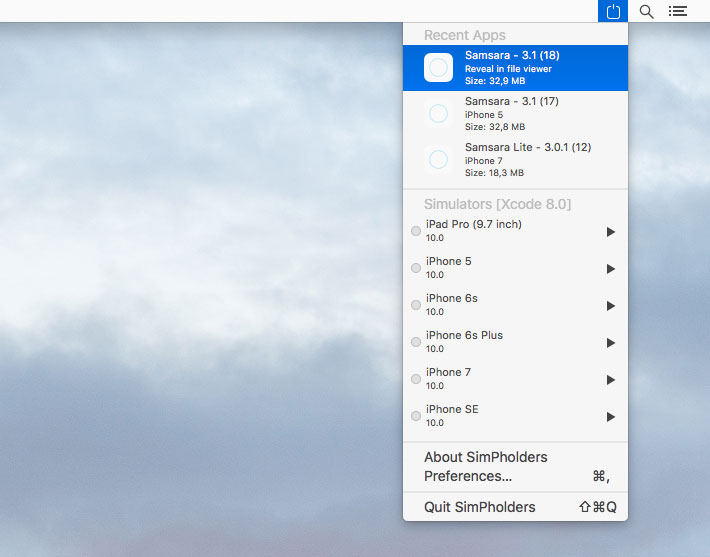
The user interface is polished, intuitive, and easy to use. While there are many Git clients available for macOS, I really enjoy working with Tower. It is pretty impressive what PaintCode can do. It gives developers the ability to use style kits to make it straightforward to bundle artwork in easy to use packets in a project. It also allows designers and developers to import SVG and PSD files. PaintCode has grown into a powerful application with support for Objective-C, Swift, and C#. If Apple introduces a new device model with a new form factor or pixel density, then your application is ready from day one. The artwork you create with PaintCode is no longer tied to a specific screen size or resolution. There are several benefits to this approach.
#Simpholders free code
But instead of exporting the artwork to various formats and sizes, PaintCode generates drawing code you can use in your application. Designers and developers can use PaintCode for creating artwork, such as icons and controls. PaintCode very much looks and behaves like a drawing application. PaintCode is quite unique and I don't know of any other tool for Cocoa development that matches its feature set.

With Charles, you can modify requests, add breakpoints, enable SSL proxying, and much more. Monitoring network traffic is easy, but Charles does a lot more than that. Charles is the best tool for the job that I know of. Debugging network traffic can sometimes shed light on hard-to-find bugs or performance issues. CharlesĮvery mobile application is connected to the web in some way or form. Base supports syntax highlighting, snippets for frequently used SQL queries, autocompletion, and much more. No matter how your application uses SQLite, with or without Core Data, Base is your best friend for debugging. I primarily use Base for debugging Core Data issues, but you can use it for any task that involves a SQLite database. It does exactly what I want it to do without being overly complex or hard to use. There are many utilities for browsing SQLite databases, but Base has been my favorite one for close to a decade. Even though SimPholders is no longer free, I can assure you that it is worth every cent.
#Simpholders free simulator
The menu shows you a list of the most recent simulator builds and one click takes you to the application's sandbox. SimPholders lives in the status bar of macOS.
#Simpholders free free
SimPholders started its life as a free application and quickly became a popular utility among iOS developers. That is what the folks over at KF Interactive must have thought when they created SimPholders. Finding the folder you are looking for is painful and cumbersome.

With every major release of Xcode, Apple seems to change the location of the sandbox of simulator builds.

#Simpholders free trial
If you are not using view debugging or you are not quite happy with Xcode's implementation, then give Reveal a try by downloading the trial version. You can browse the view hierarchy, select views, and modify their attributes. Reveal is very easy to use and much more powerful than Xcode's implementation. Even though view debugging is built into Xcode, Apple's implementation is pretty basic compared to Reveal's. I was immediately hooked the first time I used Reveal.

With very little setup, Reveal helps developers debug the view hierarchy of an application at runtime. Several years ago, Reveal made a big splash in the Cocoa community. The applications mentioned in this post are not free and I am in no way affiliated with any of the companies that create them. This list includes some of the applications I have come to appreciate and rely on. Some of them are merely shortcuts for common tasks while others are indispensable in my workflow. There are several applications for Swift developers that I use on a daily basis.


 0 kommentar(er)
0 kommentar(er)
